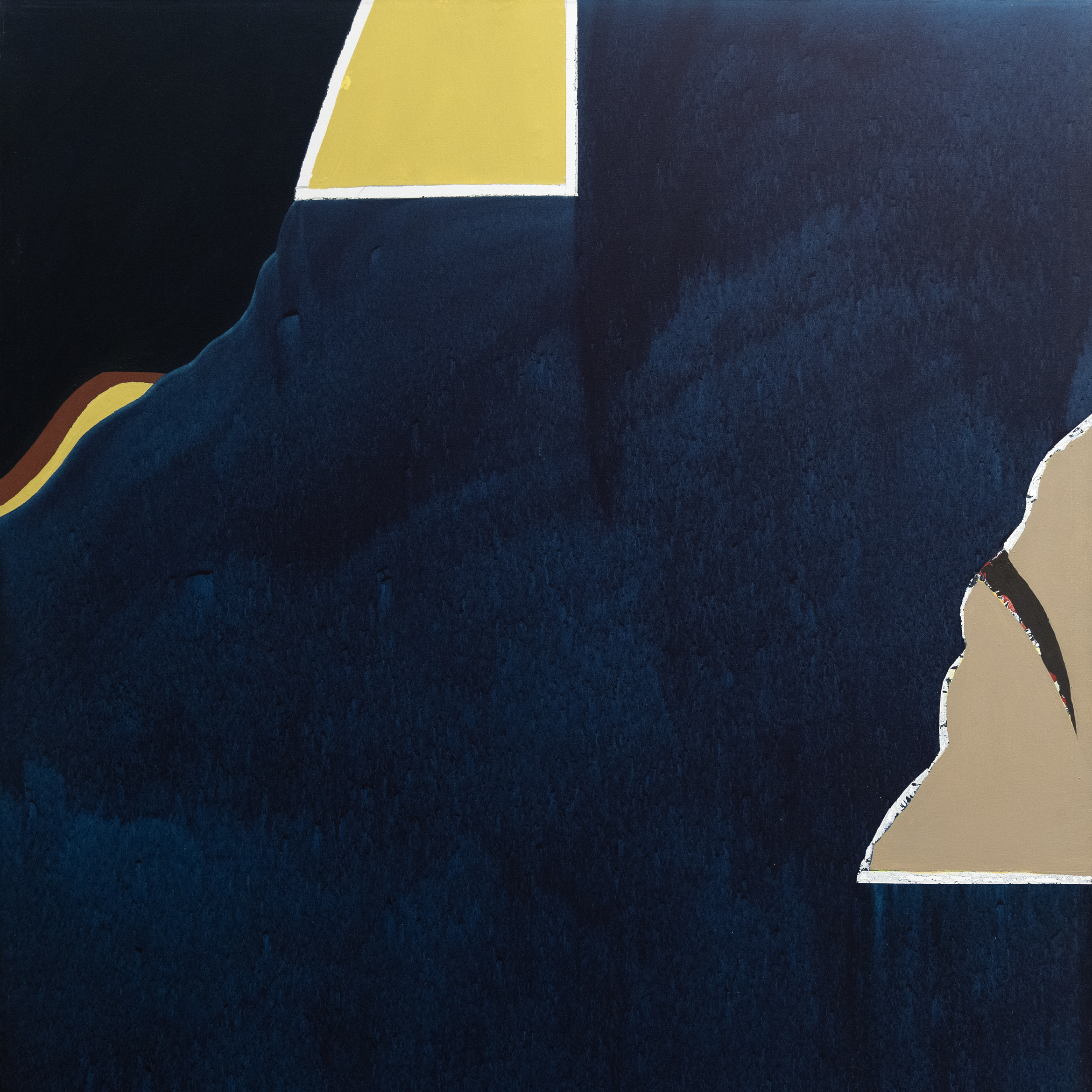
2024 年 3 月 18 日至 5 月 31 日
棕榈沙漠,加利福尼亚州
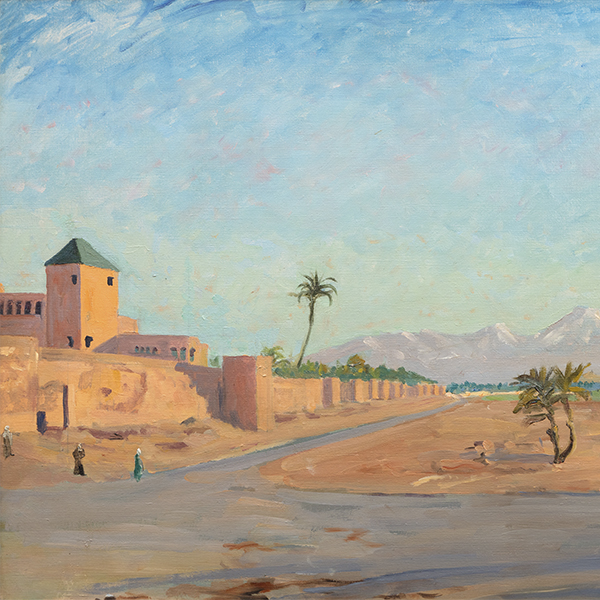
2024 年 2 月 20 日至 5 月 31 日
虚拟
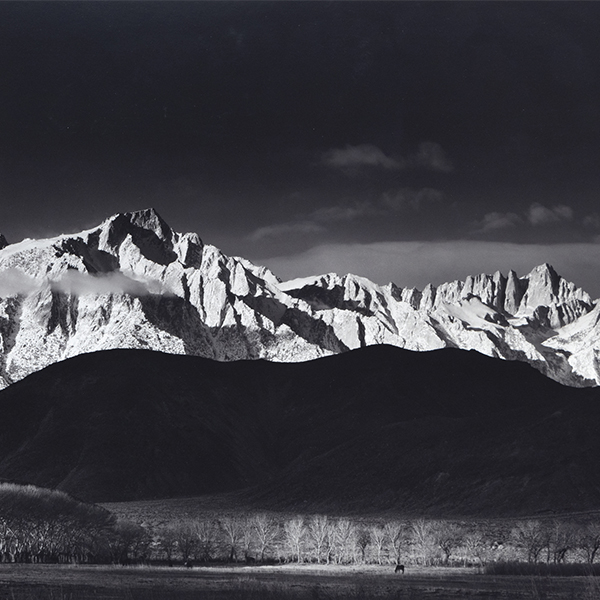
2023 年 12 月 1 日至 2024 年 6 月 30 日
棕榈沙漠,加利福尼亚州
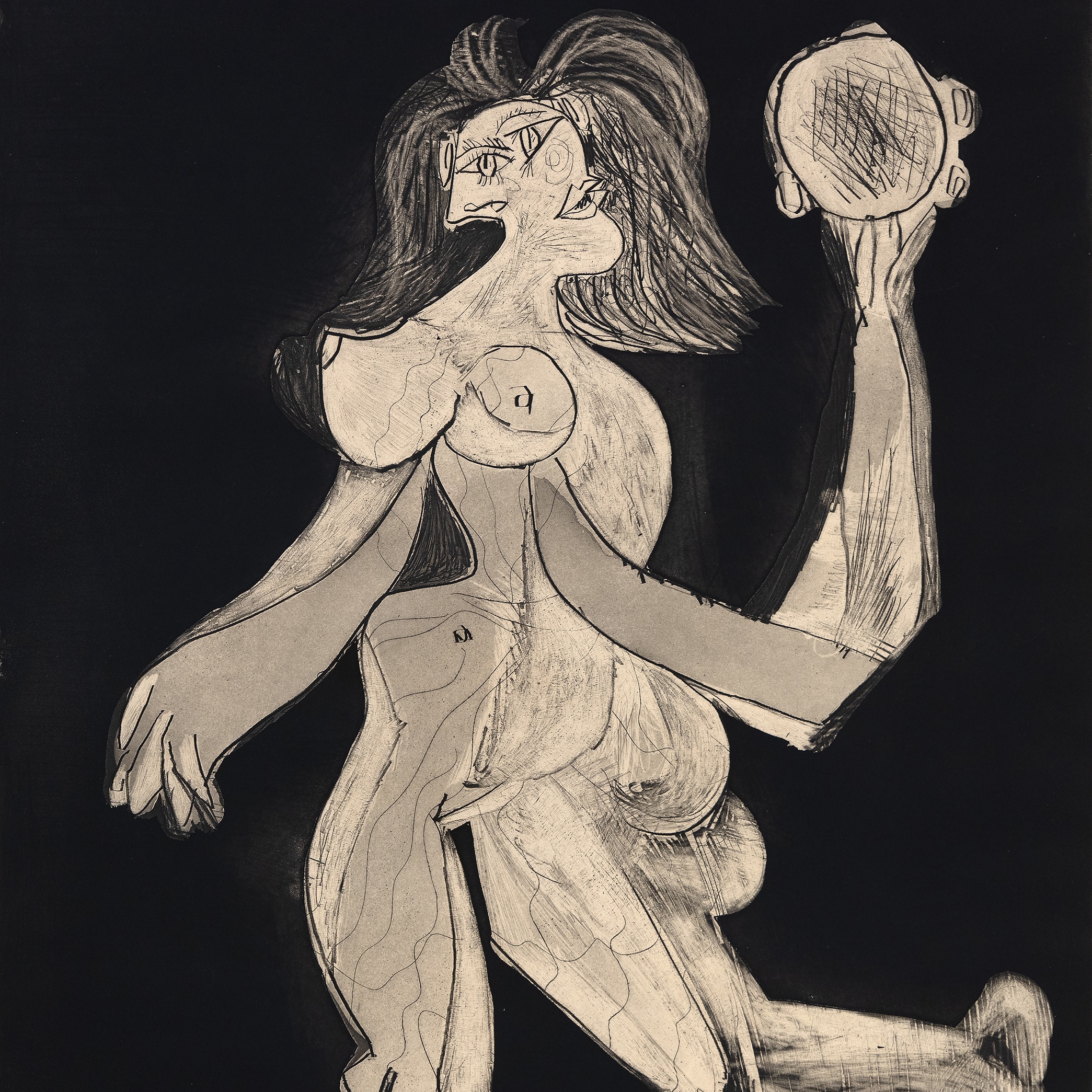
2023 年 10 月 4 日至 2024 年 4 月 30 日
棕榈沙漠,加利福尼亚州

2023 年 9 月 21 日至 2024 年 6 月 30 日
棕榈沙漠,加利福尼亚州
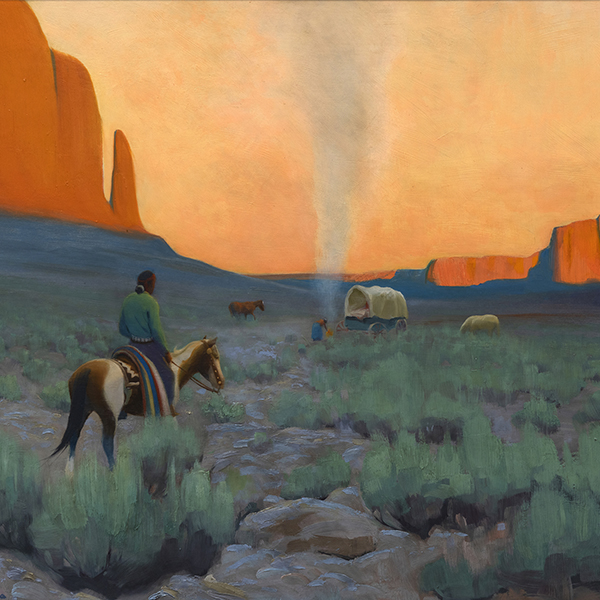
2023 年 8 月 24 日至 2024 年 5 月 31 日
棕榈沙漠,加利福尼亚州
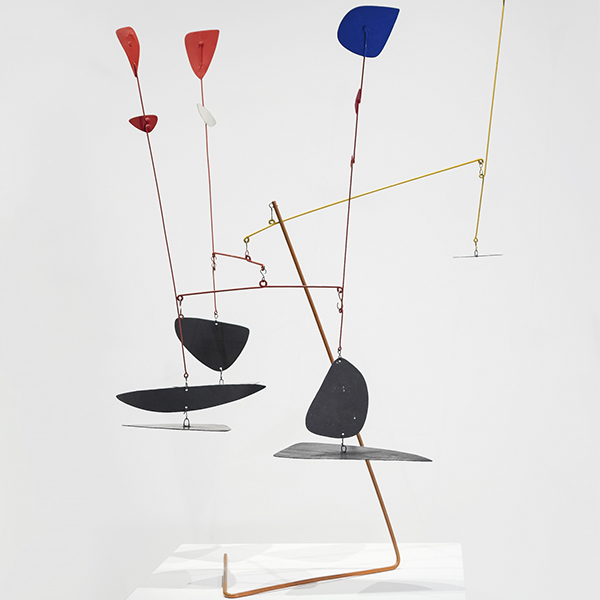
2023 年 8 月 23 日至 2024 年 5 月 31 日
棕榈沙漠,加利福尼亚州
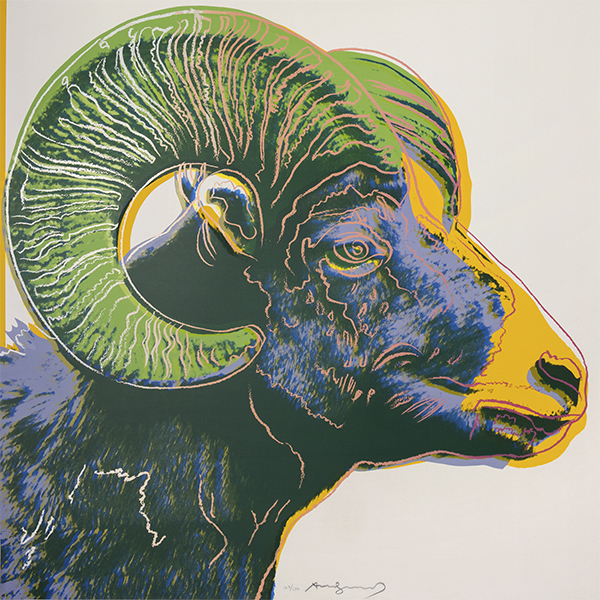
2023 年 8 月 17 日至 2024 年 5 月 31 日
杰克逊霍尔, WY
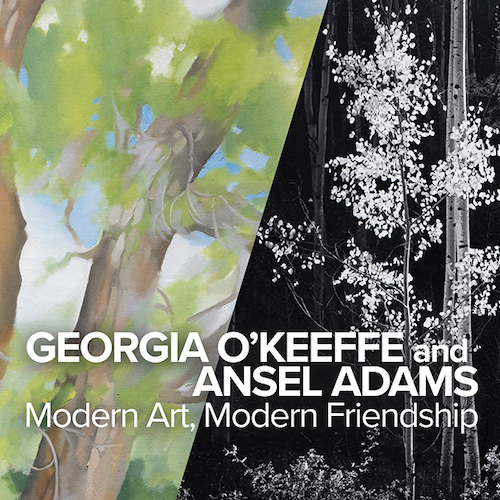
2023 年 7 月 13 日至 2024 年 7 月 31 日
棕榈沙漠,加利福尼亚州
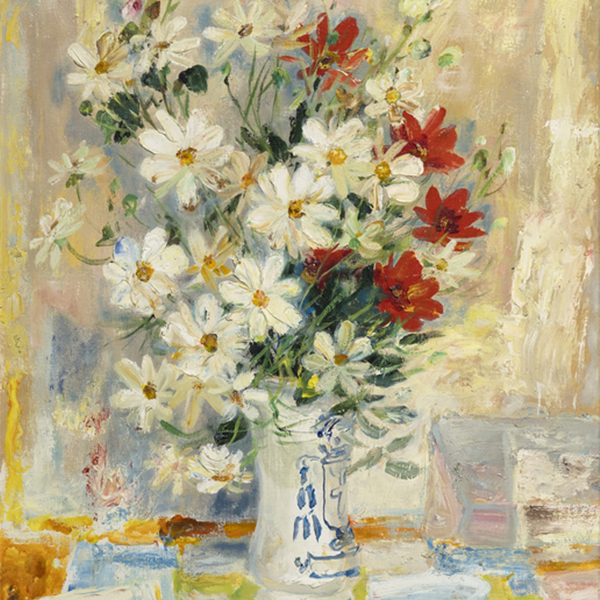
2023 年 5 月 8 日 - 2024 年 5 月 31 日
棕榈沙漠,加利福尼亚州

2023 年 2 月 14 日至 2024 年 5 月 31 日
棕榈沙漠,加利福尼亚州
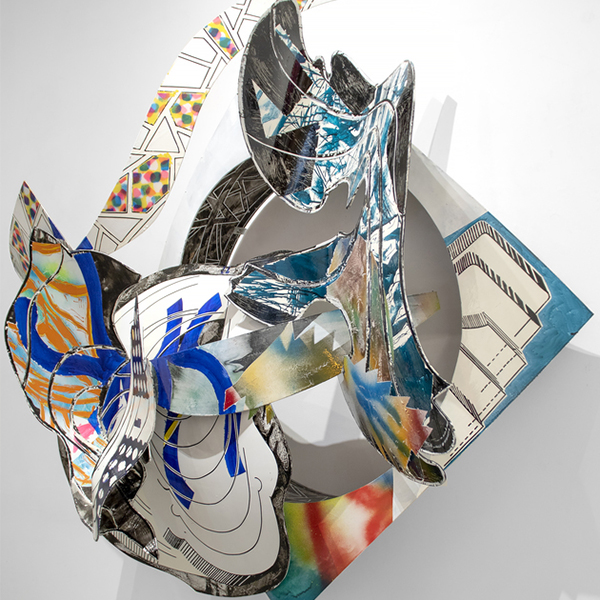
2022 年 9 月 12 日至 2024 年 6 月 30 日
棕榈沙漠,加利福尼亚州
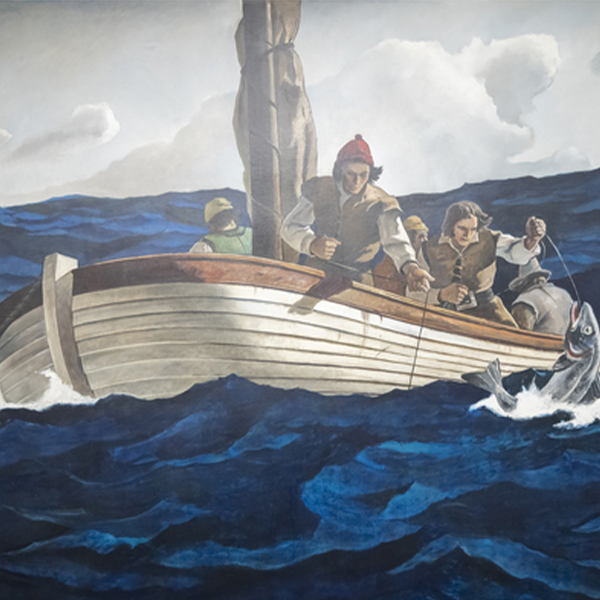
2022 年 7 月 18 日至 2024 年 6 月 30 日
棕榈沙漠,加利福尼亚州

2021 年 12 月 13 日至 2024 年 6 月 30 日
棕榈沙漠,加利福尼亚州